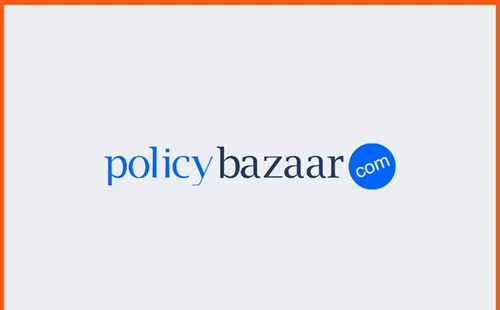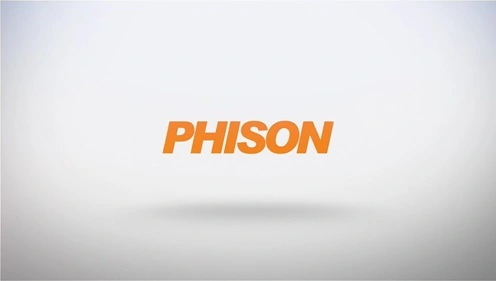PolicyBazaar, one of India’s leading online insurance marketplaces, has revolutionized how people compare and buy insurance policies. Founded in 2008 by Yashish Dahiya, Alok Bansal, and Avaneesh Nirjar, the platform simplifies the often complex process of insurance buying by providing a seamless and transparent digital experience. Over the years, PolicyBazaar has grown into a one-stop solution for insurance and financial products, backed by its mission to make insurance accessible to all. This article explores PolicyBazaar’s business model and examines how it earns money.
Overview of PolicyBazaar’s Business Model

PolicyBazaar operates on a Business-to-Customer (B2C) and Business-to-Business-to-Customer (B2B2C) model. It acts as an intermediary between insurance companies and customers, offering a digital platform for comparing, purchasing, and managing insurance products. Key aspects of its business model include:
- Insurance Aggregation: Offering comparisons for life, health, motor, travel, and other insurance policies from multiple providers.
- Customer-Centric Approach: Simplifying insurance buying with tools for comparisons, quotes, and expert advice.
- Digital-First Strategy: Leveraging technology to provide a seamless experience, from policy search to claims assistance.
By addressing the traditional pain points of insurance buyers, PolicyBazaar has become a trusted platform for millions of customers.
Revenue Streams
PolicyBazaar generates revenue through multiple channels, leveraging its position as a leading insurance marketplace:
a) Commission from Insurance Companies
PolicyBazaar earns a commission from insurance providers for every policy sold through its platform. This is the platform’s primary revenue source.
Key Points:
- Commission rates vary depending on the type of insurance product. For example, life insurance policies generally offer higher commission rates compared to motor or health insurance.
- The platform earns additional commissions when customers renew policies through PolicyBazaar.
b) Lead Generation Fees
PolicyBazaar also earns revenue by providing qualified leads to insurance companies. These leads are potential customers who have shown interest in a specific policy but may not have completed the purchase.
Revenue Source:
- Insurance companies pay PolicyBazaar for each lead or inquiry, depending on the lead’s quality and conversion potential.
c) Advertising and Sponsored Listings
Insurance providers pay PolicyBazaar to promote their products through:
- Sponsored Listings: Featured prominently in search results to increase visibility.
- Display Ads: Advertisements placed on PolicyBazaar’s website and mobile app.
These promotional activities generate significant revenue for the platform, especially from established insurers seeking a competitive edge.
d) Subscription-Based Services
PolicyBazaar offers subscription plans for insurance companies, providing benefits like:
- Advanced analytics and customer insights.
- Priority listing on the platform.
- Access to exclusive customer segments.
e) Cross-Selling and Upselling
PolicyBazaar earns additional revenue by upselling or cross-selling products to its existing customers. For instance:
- Selling add-ons like riders for life insurance or zero-depreciation covers for motor insurance.
- Recommending investment-linked insurance plans to health or motor insurance buyers.
f) Claims Assistance and Support
PolicyBazaar offers claims support services, assisting customers in navigating the claims process. Some insurance providers pay PolicyBazaar a fee for managing claims-related services and enhancing the customer experience.
g) Financial Products Marketplace
In addition to insurance, PolicyBazaar has expanded into financial products such as loans, credit cards, and mutual funds. Revenue is generated through:
- Referral fees from banks and financial institutions.
- Commissions on successful transactions.
Cost Structure
PolicyBazaar’s operations involve significant expenses, including:
a) Technology and Platform Development
Investments in IT infrastructure, mobile app development, and AI-driven analytics tools ensure a seamless customer experience.
b) Marketing and Customer Acquisition
PolicyBazaar allocates a large budget to digital marketing, television ads, and influencer partnerships to drive traffic and attract new customers.
c) Customer Support
Maintaining a robust team for customer service, claims assistance, and post-sale support is a significant cost component.
d) Employee Costs
With a large workforce, including insurance advisors, tech professionals, and sales teams, salaries and benefits form a considerable part of the cost structure.
e) Regulatory Compliance
As an insurance intermediary, PolicyBazaar adheres to strict regulations, requiring investments in legal and compliance teams.
Unique Features Driving Revenue Growth
PolicyBazaar employs several strategies to sustain growth and drive revenue:
a) Wide Product Portfolio
The platform offers a diverse range of products, including:
- Life Insurance (Term Plans, Endowment Plans, ULIPs).
- Health Insurance.
- Motor Insurance.
- Travel and Home Insurance.
This diversity attracts a broad customer base, increasing revenue potential.
b) Technology-Driven Personalization
PolicyBazaar uses AI and machine learning to:
- Provide tailored policy recommendations.
- Enhance the customer journey with predictive analytics and chatbots.
- Improve lead quality for insurance companies.
c) Renewal Reminders
The platform sends timely reminders for policy renewals, ensuring consistent revenue through recurring commissions.
d) Focus on Tier 2 and Tier 3 Markets
PolicyBazaar targets underserved markets, leveraging mobile penetration and digital literacy to reach rural and semi-urban areas.
e) Partnerships with Insurers
Strategic collaborations with leading insurance providers allow PolicyBazaar to offer exclusive products and pricing, boosting sales.
Challenges and Opportunities
Challenges
- High Competition: Competitors like Coverfox, Turtlemint, and direct insurance company websites create a competitive landscape.
- Regulatory Constraints: The insurance industry in India is heavily regulated, limiting commission rates and marketing practices.
- Customer Trust: Convincing customers to purchase insurance online requires addressing trust and security concerns.
Opportunities
- Increasing Insurance Penetration: With India’s insurance penetration still below global averages, there’s significant room for growth.
- Digital Transformation: Growing internet adoption, especially in Tier 2 and Tier 3 cities, provides a larger addressable market.
- Expansion of Financial Products: PolicyBazaar’s foray into loans, mutual funds, and credit cards can diversify revenue streams.
Financial Overview
PolicyBazaar’s financial performance has been strong, with a steady increase in revenues and a growing customer base. Following its IPO in 2021, the company has focused on expanding its product offerings and improving operational efficiency. With rising insurance awareness and a robust digital presence, PolicyBazaar is poised for sustained growth in the coming years.
Conclusion
PolicyBazaar’s business model exemplifies the power of digital transformation in the insurance sector. By simplifying insurance buying and offering transparency, the platform has successfully bridged the gap between consumers and insurers. Through diverse revenue streams like commissions, advertising, and lead generation, PolicyBazaar has established itself as a leader in the Indian insurance marketplace. As it continues to innovate and expand, the company is well-positioned to capitalize on the growing demand for insurance and financial products in India.

